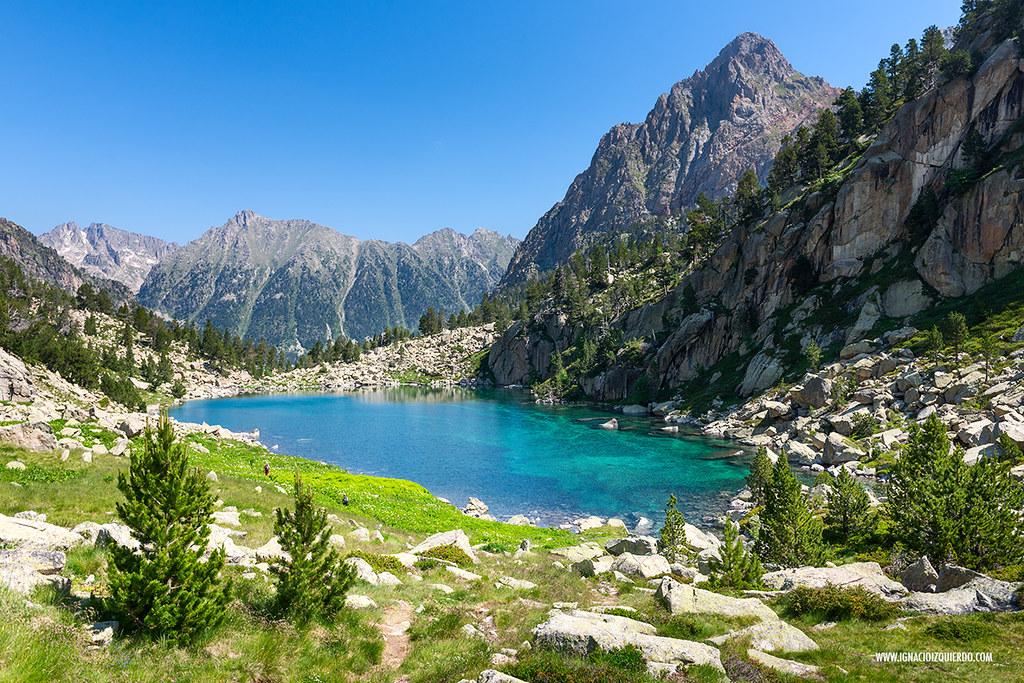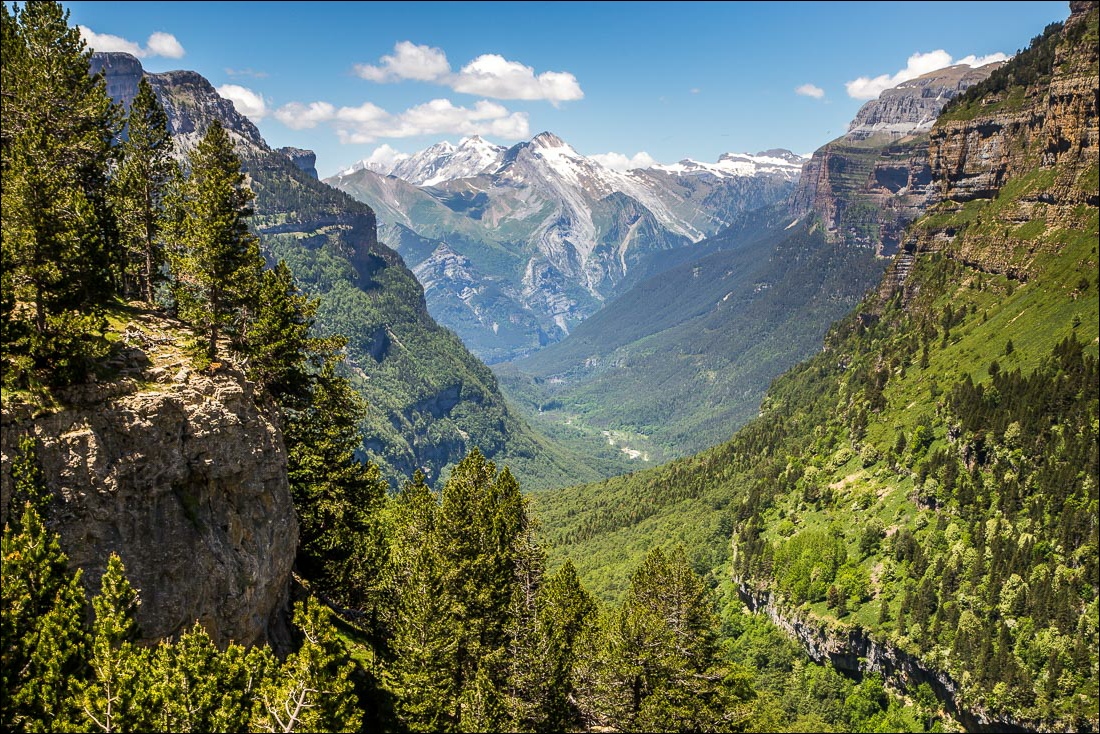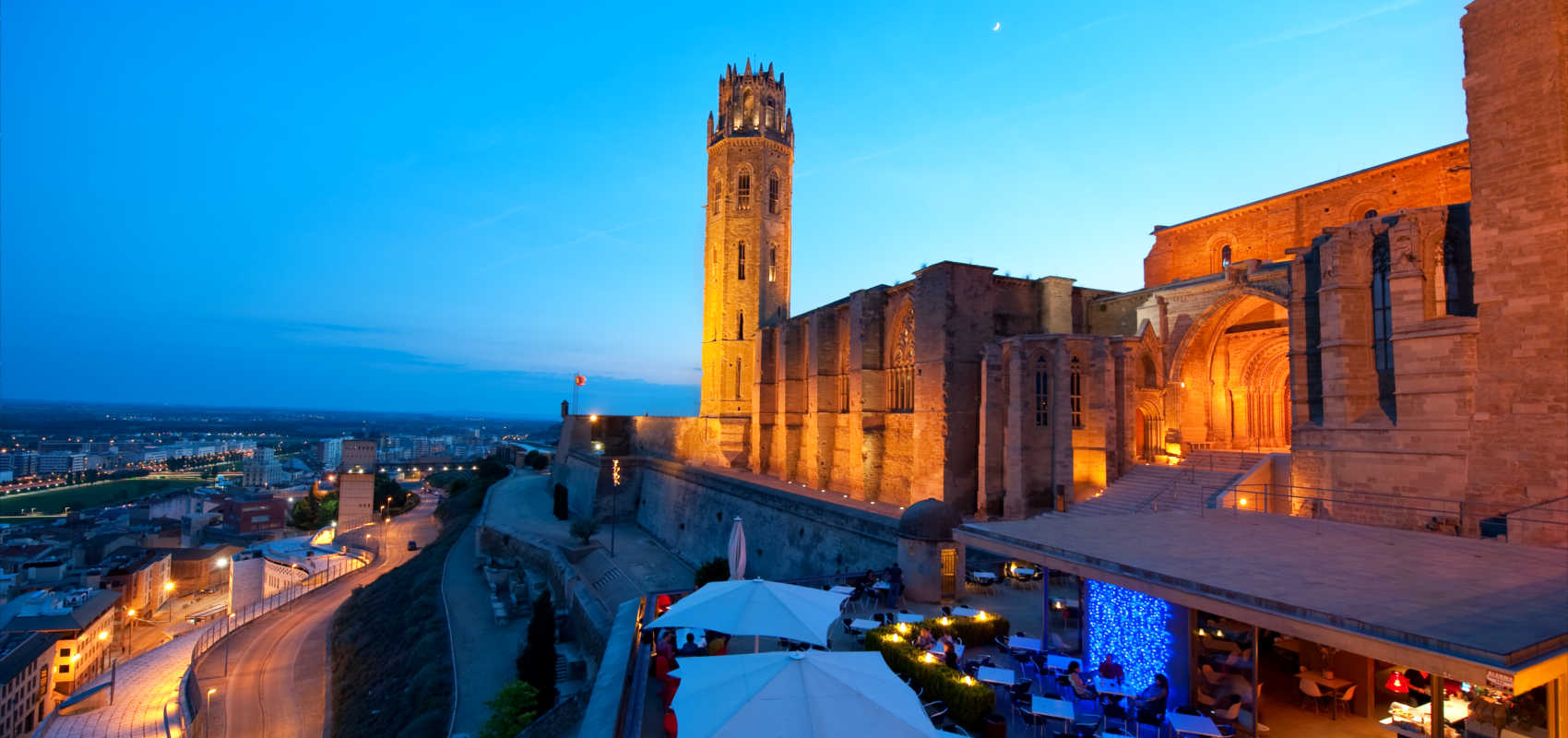In the northeastern tip of the Kingdom of Spain, Catalonia, one of the most important autonomous regions in the country, covers an area of almost 32,000 square kilometres. It differs from other parts of Spain in that it has its own history, language and culture. Not only that, however, but it also makes Catalonia a very attractive tourist region.

Park Guell in Barcelona
Catalonia, which covers 6.3 per cent of Spain, has a population of around 7 and a half million. It is thus the second most populous autonomous community in Spain. The locals speak their own language – Catalan (used by about 36% of the population of Catalonia), but of course Spanish (Castilian) is the official language throughout the territory. Catalonia has been further divided into 4 provinces since 1833 – Barcelona, Girona, Lleida and Tarragona. Catalonia borders France and Andorra in the north, Aragon in Spain to the west and Valencia in the south.
The capital is Barcelona, which has about 1.6 million inhabitants with about 3 million people living in the whole agglomeration. Catalonia is laid by the waters of the Mediterranean Sea and the coast is one of the most visited in all of Spain. There are such recreational areas as the Costa Brava or Costa Dorada with beautiful beaches and perfect tourist facilities. The most visited resorts in the northernmost part of the Spanish coast include Malgrat de Mar, Santa Susanna, Pineda de Mar, Tossa de Mar, L´Estartit, Salou, La Pineda and many others.
In the area where Catalonia meets French borders, rises the mighty and rugged Pyrenees and south of it the lower Serralada Costero-Catalana. In the mountains, it is possible to take some amazing hiking tours or go skiing during the winter season. A popular hiking area is also the Aigüestortes National Park, where there are mountain saddles at an altitude of about 2400 meters. You can see numerous glacial lakes from above.
In the western part of the country, in the province of Lleida, lies a fertile lowland, which is supplied with moisture by one of the most important Spanish rivers – the Ebro. The Ebro delta is mainly grown for rice, but the river is also lined with extensive plantations of orange, lemon and mandarin trees. Catalonia is also a Mecca for climbers, as it hides many attractive climbing areas, such as Siurana.

The city of Tarragona
In addition to the capital Barcelona, where you must not miss Gaudí’s architecture, it is worth visiting, for example, Tarragona, which contains a large number of Roman monuments. In the western part of Catalonia, you can see the town of Lleida with its beautiful cathedral and attractive underground drinking water tank from 1784. Lovers of good wine should visit town Priorat where a popular traditional red wine is being produced. For explorers, in the city of Ulldecon in the south of Catalonia, you can admire more than 8000 years old cave paintings.
Catalonia also boasts several important natives. World-famous painters such as Salvador Dalí and Joan Miró, architects Antoni Gaudí and Montanera, as well as musicians Pau Casals and Lluís Llach come from this unique region. The fact that it is the first mainland Spanish region in which bullfighting has been banned can be considered Catalonia’s interest. Catalonia is very large, so the seacoast has a subtropical and dry climate, while the Pyrenees in the foothills have a continental climate and an alpine climate at higher altitudes.







